
17 Clever Ways to Hide Your Cat's Litter Box
There are several solutions to hide a litter box. By making a DIY litter box enclosure, y...
Cat's are notoriously difficult to get pills into. Just ask your vet! If your sick cat coughs or vomits after taking a pill, there is good reason to stop trying to administer the pill using the method you are using. The most common method of administering medications that can cause problems is dry pilling. If you've ever tried to swallow a dry aspirin without liquid, you'll recognize how uncomfortable the experience can be.
Dry pilling without a water 'chaser' can lead to pills getting stuck in your cat's esophagus, which is the tube leading from the mouth to the stomach. If you are going to dry pill, you want to use a 'liquid' chaser as discussed below. The reason is that it is possible for both tablets and capsules to get 'stuck.' Even though we think of a capsule having a, smooth, gelatinous surface they also can lodge easily in the esophagus if using dry pilling. If a person repeatedly dry pills, it is possible that multiple capsules or tablets can lodge in a cat's throat.
One method veterinarians advocate for to prevent issues with dry pilling, is following the dry pilling with 6mls of water via a needle-free syringe or dropper. It may seem impossible to force a cat to drink, but it is possible to help it along. Follow pilling with a liquid by using a syringe. Use a pet syringe from your vet's office and fill it with either plain water or low-sodium broth. The water chaser should be given right after the dry pilling.
Approach your cat with the syringe from the back or side for easier administering of liquids, rather than forcing the syringe into the front of its mouth, advises veterinarian Dr. Lisa Pierson on CatInfo.org. Keep the cat's head level, rather than tipped back, to facilitate swallowing. When administering a liquid chaser following dry pilling, be careful not to administer the liquid too quickly and allow your cat time to swallow.
Fortunately, there are more tricks you can use to prevent problems when administering oral medications to your cat. You may be able to handle medicating your cat using food and treats.
If all else fails, ask your veterinarian for help in giving your cat its medicine in a different form. Though the cost may be a bit more, the result may be more palatable medicine for your cat.
At least one of these solutions should relieve both you and your cat of the anxiety and discomfort found in dry pilling. It will help ensure the medication reaches the intestinal tract to be absorbed rather than becoming stuck in your cat's throat.

There are several solutions to hide a litter box. By making a DIY litter box enclosure, y...
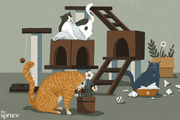
Does your cat's behavior confuse and frustrate you, making you think you are the only...
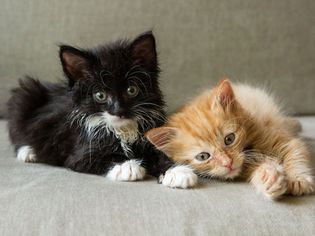
All kittens require early socialization in order to become good pets. It helps kittens le...
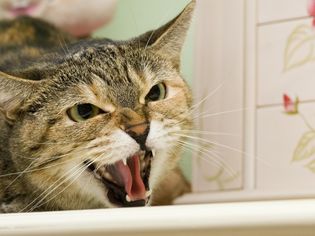
Petting aggression occurs when a cat lashes out in response to being touched, usually mom...
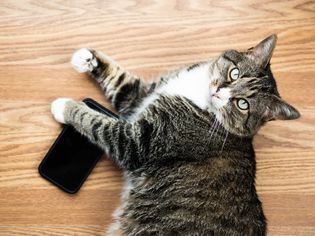
Do cats get jealous? Not exactly. Like people, cats have different personality traits. On...
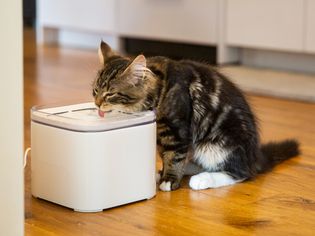
Cats need fresh drinking water every day for optimum health. Water is essential for helpi...
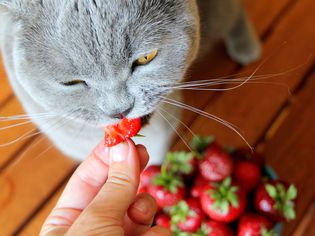
If you and your cat share a bit of a sweet tooth, you may be wondering—can cats eat str...
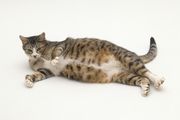
So you were a little slow in having her spayed and your cat turned up pregnant. Or, perha...

Hydrangeas are prized for their colorful blooms, but these flowering shrubs can make cats...
Comments on "How to Safely Give Your Cat a Pill" :